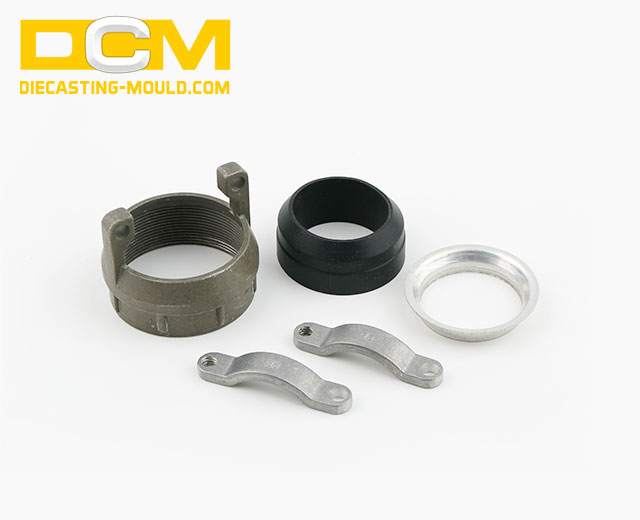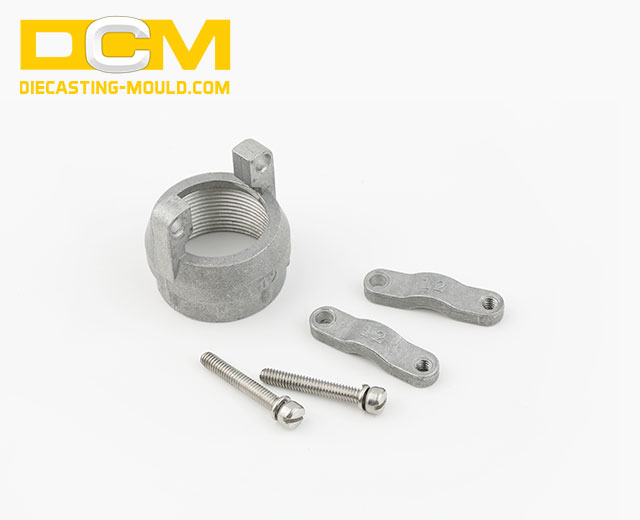Blogs
Looking for the old Kontakan site? It has been moved to Berkada.com.
Grow your friends list in Kontakan. Invite your friends to join our site! Click here to send an invitation.
Aluminum alloy can be cast in a variety of shapes and forms during the die casting process, including sand casting (clay sand, cement sand, chemical hardening sand mold, and so on), metal mold casting, shell casting, gypsum casting, centrifugal casting, continuous casting, and pressure casting, the most common of which is sand casting. During the die casting process, aluminum alloy can be cast in a variety of shapes and forms, including sand casting

The design of the casting system is critical in the process of sand casting. When using a spoon or ladle to introduce the clean metal liquid into the mold cavity, it is important to ensure that the metal liquid is completely clean in order to obtain the highest possible yield. The size of the pouring system and the design of the system are both critical considerations. It can be verified through table checking, calculation, or directly using empirical data; however, the actual experiment should be used for inspection and modification to ensure that the results are accurate. Table checking is, by and large, the more common method of verification. The casting speed and flow rate of the die casting should be determined based on the weight and size of the die casting being cast. Second, during the die casting mold process, it is important to pay close attention to the size and shape of the riser that is left behind. There are several methods for determining the size of a riser, including the calculation method, the hot node circle method, and the icon method. Generally, arc or other shapes are used for the riser's shape, and the volume of the riser can be calculated based on previous experience. In addition, there is the temperature of the die-casting process. The general temperature range for die casting parts is 600 degrees to 700 degrees. Temperature adjustments can also be made for die castings that are unique in nature.
1The importance of die casting in everyday life:
1. Die casting has excellent properties that are not available in many other types of castings.
The high stability of aluminum and oxidation resistance of stainless steel will lead to the production of stainless steel casting, which is also relatively inexpensive. In order to avoid fading, many decorative products are made of die casting, which is a process that is relatively inexpensive.
3. The quality of the die casting is excellent. After numerous tests, it has been determined that aluminum products have excellent seismic resistance, as well as incredible resistance to wind pressure and weathering. As a result, if we use die casting, we must include. However, the die casting is relatively lightweight, which can reduce the burden on people as well as the risk associated with it.
4. Because aluminum's toughness is extremely high, it determines its plasticity, which allows it to be formed into a variety of shapes. Its ductility is particularly advantageous. It is as a result of this that die casting services can be used for recycling and material conservation, and the application range has been expanded significantly. It is also due to this characteristic of aluminum that it determines its uniqueness, which is excellent and can be transformed as desired.
Due to the fact that aluminum is relatively light, we can use it more easily and without feeling any pressure, whether we are installing or maintaining the aluminum structure.
2The following is the method of treating leakage in die casting parts:
1. The pressure at the far end of the part or the thickness of the wall of the part is not uniform. The specific pressure should be increased; 2. It can be determined through simulation filling or actual sample debugging and analysis.
Improvements to the pouring system that are reasonable;
3. A high-quality alloy is chosen.
4. It is difficult to determine whether there is air entrainment and alloy flow fusion in the parts of the die casting during the stamping stage. The addition of a slag collection bag and an exhaust duct is reasonable.
5. Using X-ray detection, the hot junction was discovered. If the heat knot is found to be a leakage point, the structure can be modified and the wall thickness can be reduced in consultation with the customer's engineering department. Additionally, the secondary extrusion process can be used to resolve leakage issues at the pyrolysis site.
6. Try to avoid machining or use as little machining allowance as you possibly can.
Internal quality of die casting is checked using X-rays in step 7. Reduce the melting temperature to an appropriate level;
8. X-ray inspection of the internal quality of the die casting is performed. Paint that requires little air consumption; die casting parts that have been impregnated
To identify the pressure test equipment, the qualified die casting parts are used as a reference. Equipment for routine maintenance and inspection;
The pressure test can be used to determine this. Increase the level of process protection and ensure that the mold is repaired as soon as possible.
11. It is possible to perform a flatness inspection. Control the production process and maintain a sufficient level of pressure. Prevent extrusion from occurring during the course of the process.

3rd, a solution for die casting die sticking material:
1. Determine whether the mold temperature is normal, and reduce the pouring temperature and mold temperature of alloy liquid as needed; 2. Determine whether the release agent ratio is abnormal, and if so, try changing the release agent and adjusting the spraying position and spray quantity; 3. Determine whether the release agent ratio is abnormal, and try changing the release agent; 4. Determine whether the release agent ratio is abnormal, and properly reduce the pouring temperature and mold temperature of alloy liquid; 5. Determine whether the release agent ratio is abnormal, and properly reduce the pouring temperature
3) Polishing the surface of the die cast parts, meticulously polishing the nitriding layer of the nitriding mold, and forming the mold so that it is more throwing and sticking than before
4. The design structure of the casting system has been improved in order to prevent the alloy liquid from continuously scouring the cavity wall or the core.
In addition, modifications have been made to the die cooling system as well as the die casting process parameters. The injection speed has been slowed down, and the stroke of two speeds has been shortened.
6. Try to grind several transverse grooves on the moving die, which should be between 0.2 and 0.3mm in depth. In addition, the die casting will demonstrate that it will be pulled very brightly and without damage. This has the potential to increase the clamping force on the moving die's side and bring the die-casting parts closer to the moving die.
Topics:
die cast parts
Be the first person like this
Be the first person to like this.
Be the first person like this






